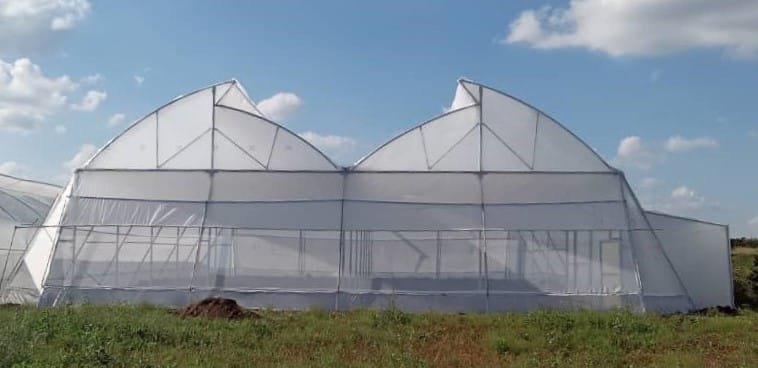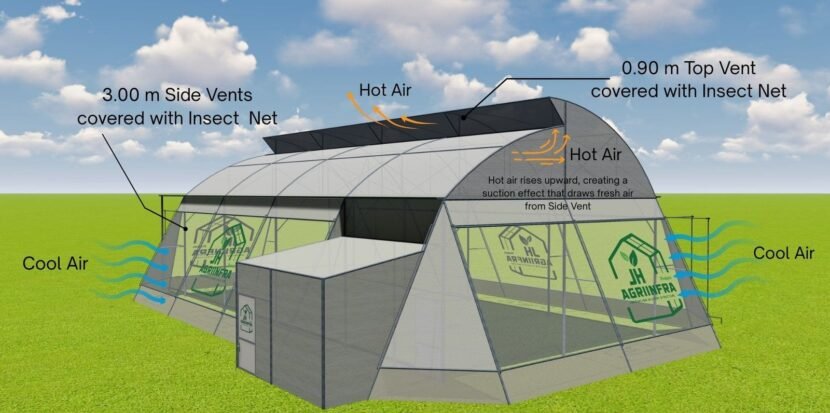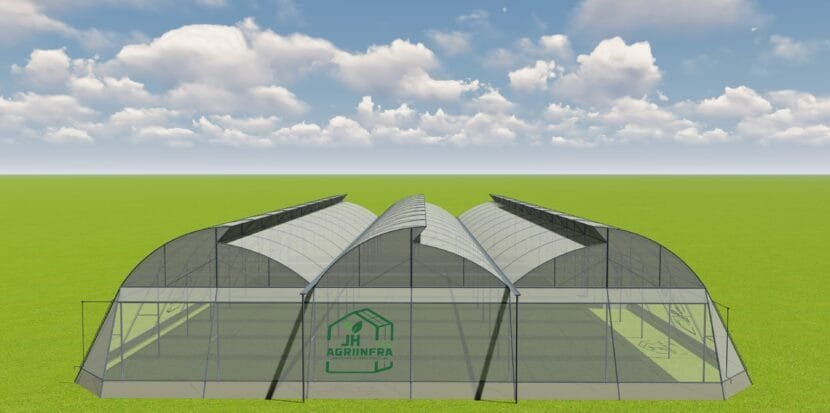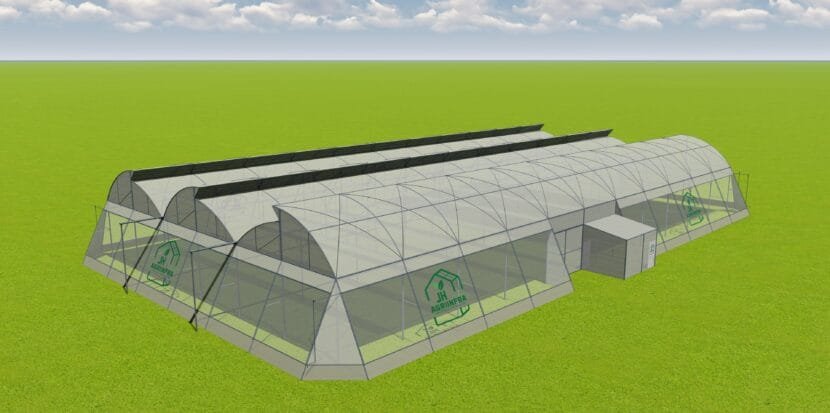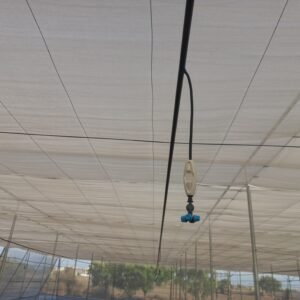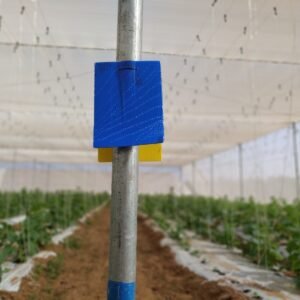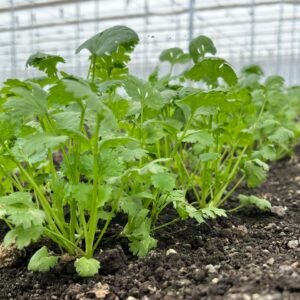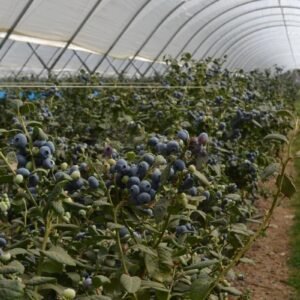A Naturally Ventilated Polyhouse (NVPH), also known as a Naturally Ventilated Greenhouse, is a protected cultivation structure that relies entirely on natural airflow to maintain an optimal internal environment for plant growth. It does not use any artificial ventilation systems. The NVPH functions based on natural ventilation principles such as the stack effect, where warm air rises and escapes through roof vents, and cross ventilation, where cool air enters through side vents. This natural airflow system helps regulate temperature and humidity inside the polyhouse, creating ideal growing conditions. NVPHs are widely used in vegetable cultivation and floriculture due to their efficiency, sustainability, and cost-effectiveness.
Natural Ventilation Mechanism:
- Stack Effect: Warm Air Rises and Escapes
- The polyhouse is covered with a transparent polyethylene sheet that traps heat inside, warming the air and soil.
- As air inside the polyhouse heats up, it becomes lighter and rises toward the roof.
- The polyhouse features roof vents or a ventilation area at the top of the frame, allowing this warm air to escape.
- Cross Ventilation: Cool Air Enters from Side Vents
- When warm air exits through the roof vents, it creates a slight vacuum inside the polyhouse.
- Cooler, fresh air from outside is drawn into the structure through side wall vents covered with insect-proof nets.
- This cool air replaces the warm air, creating a continuous natural airflow that regulates temperature and humidity effectively.
Structure and Materials
- The frame of the NVPH is typically made from galvanized iron tubes for durability.
- The polyhouse is covered with polyethylene sheets that allow sunlight to enter and trap warmth inside.
- The design includes roof and side wall vents strategically placed to maximize natural ventilation.
- Side vents are usually protected with insect-proof nets to prevent pest entry while maintaining airflow.
🌱 Key Benefits of a Naturally Ventilated Polyhouse
- Better Temperature Control
Natural airflow effectively dissipates excess heat, helping keep the crops cooler during summer and minimizing thermal stress.
- Improved Air Ventilation
Continuous circulation of fresh air reduces humidity buildup, prevents the spread of fungal diseases, and removes stale air and pests from the growing zone.
- Energy Efficiency
By eliminating the need for electrical ventilation systems, NVPHs significantly cut energy consumption and operating costs.
- Cost-Effective Farming
Compared to high-tech greenhouses, NVPHs have lower setup and maintenance costs, making them a farmer-friendly solution for small and medium-scale growers.
- Extended Growing Seasons
NVPH structures protect crops from moderate extremes of temperature and wind, extending the growing season and improving crop scheduling flexibility.
- Eco-Friendly Operation
With minimal reliance on non-renewable energy, NVPHs represent a sustainable and environmentally conscious farming practice.
This combination of NVPH with drip irrigation enables optimal water and nutrient use, reducing waste and maximizing crop productivity.
📩 For more information or to set up your NVPH with drip irrigation:
📱 Mobile/WhatsApp: +𝟫𝟣 𝟫𝟫𝟩𝟦𝟫 𝟣𝟩𝟦𝟣𝟦
📧 Email: info@jhagriinfra.com
🌐 Website: www.jhagriinfra.com

